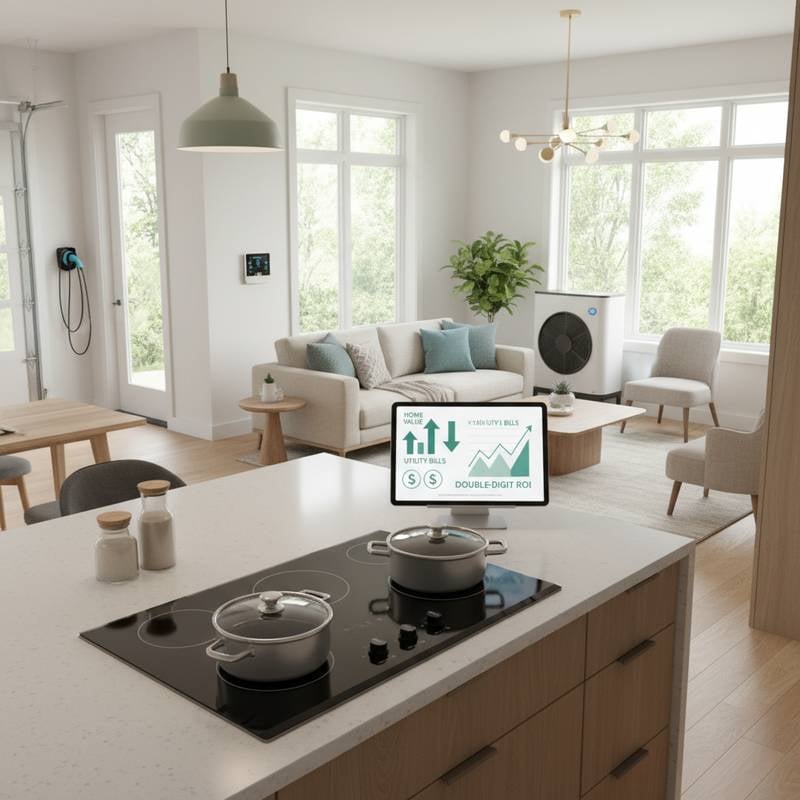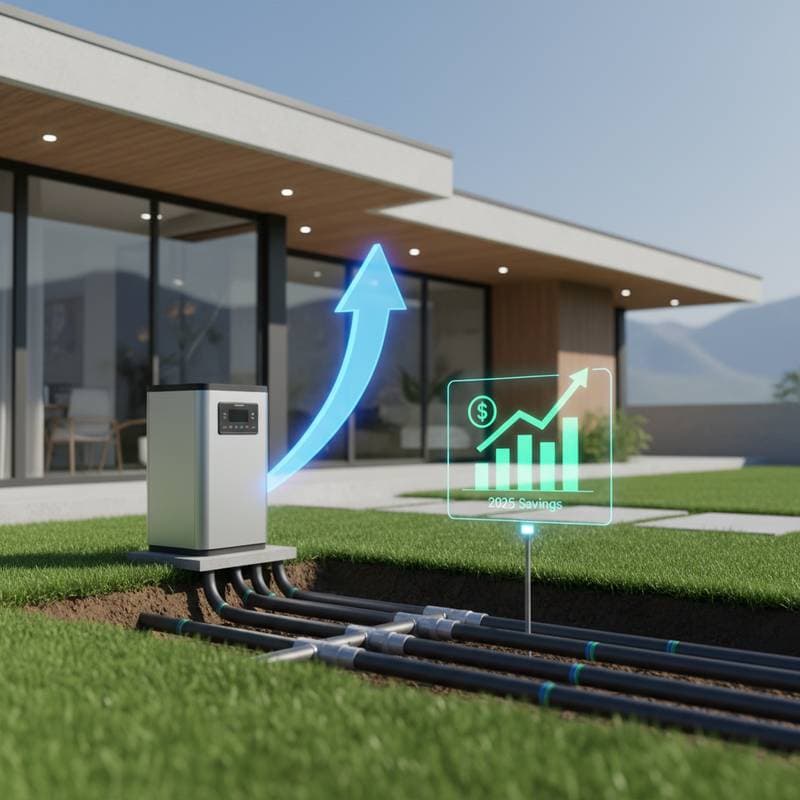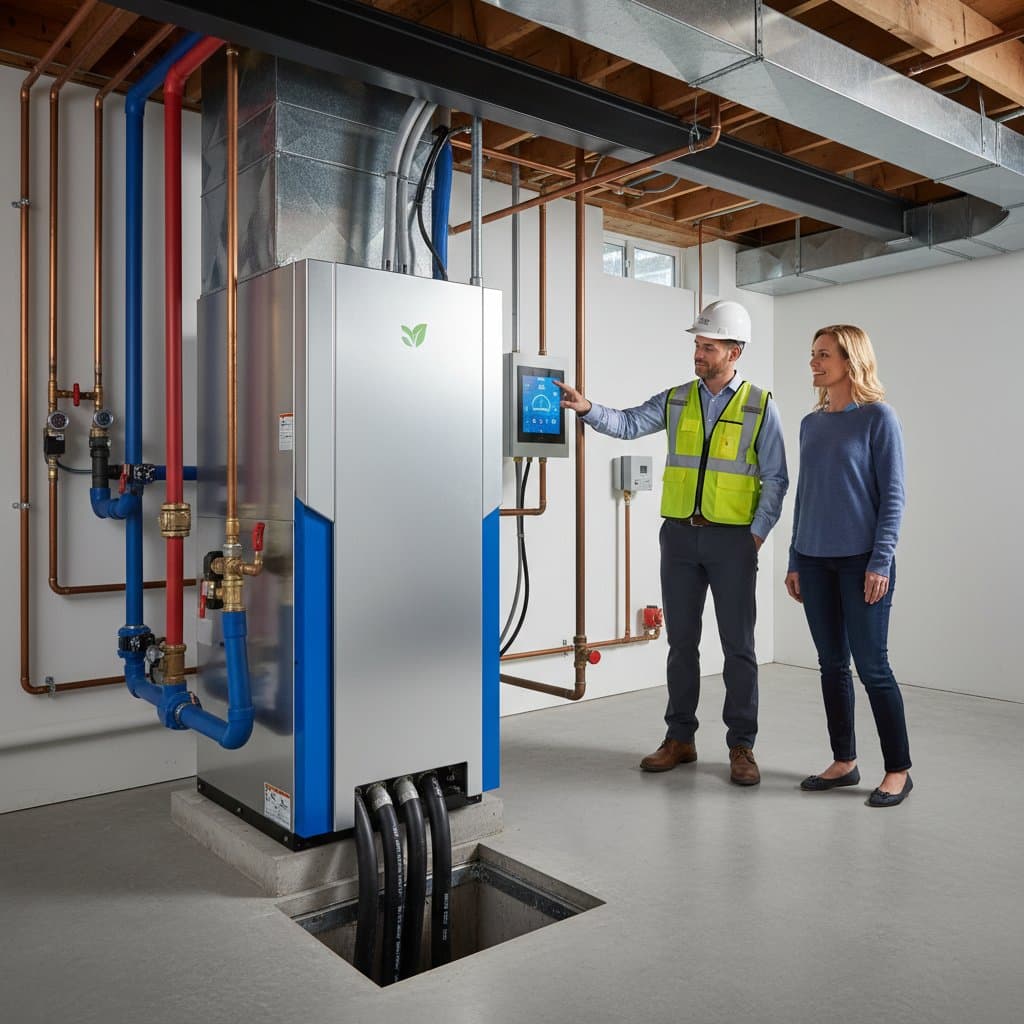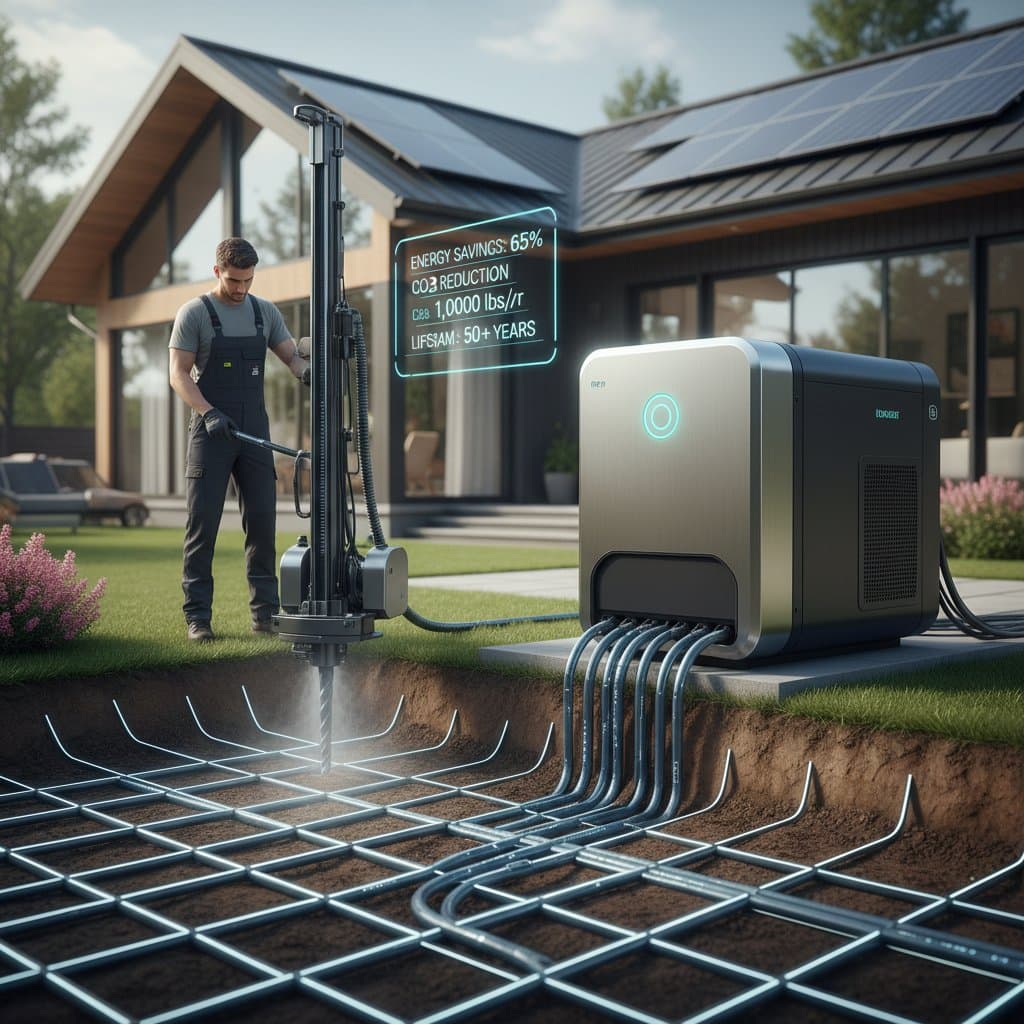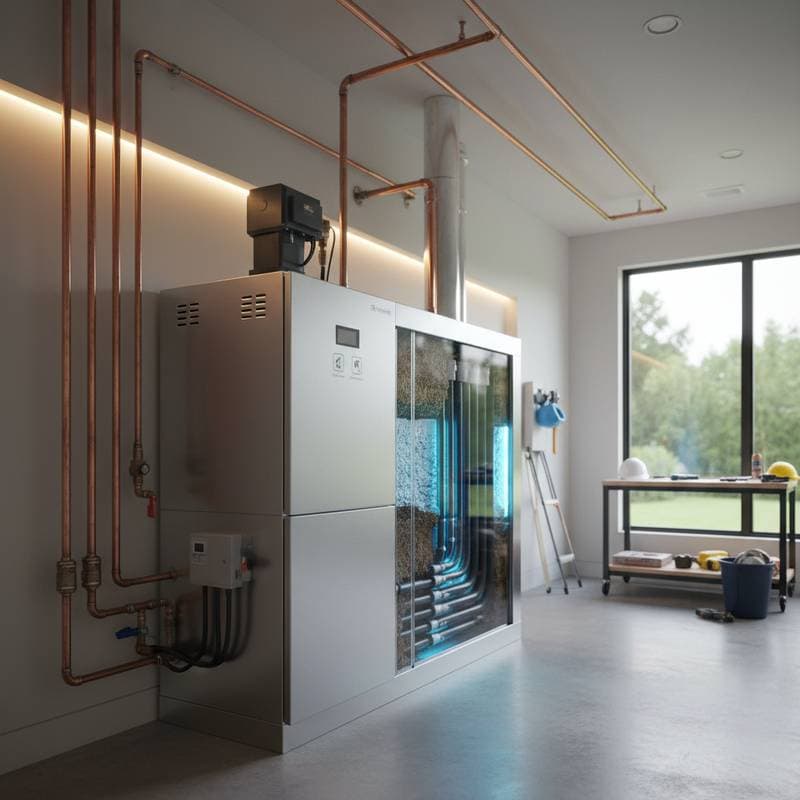Key Points
- Federal tax credits now cover a wide range of home electrification upgrades, from heat pumps to induction ranges.
- Homeowners can recover between 30 and 50 percent of eligible project costs, depending on income and system type.
- Pairing rebates and credits with energy-efficient design choices can reduce long-term operating costs by up to half.
- Strategic planning with certified professionals ensures compliance with program requirements and maximizes returns.
- Electrification projects not only cut utility bills but also boost property value and resilience to energy market shifts.
The Growing Appeal of an All-Electric Home
Picture a quiet morning in a well-sealed, energy-efficient home. The air feels fresh, the lighting adjusts automatically to your needs, and the water heater hums with quiet precision. No gas lines, no pilot lights, no combustion fumes. This is the future of home comfort, and it is increasingly affordable thanks to government-backed incentives that reward homeowners for going electric.
Across the country, interest in electrification is growing as families look for ways to lower utility bills, improve indoor air quality, and build resilience against rising energy costs. Tax credits make this transition more attainable, helping homeowners move from fossil-fuel systems to high-efficiency electric technologies that pay for themselves over time.
Why Electrification Matters Financially and Environmentally
Electrification is not just a design trend. It is a financially strategic move that protects both your wallet and the planet. Electric systems use energy more efficiently, often converting 300 percent more energy into usable heat or cooling compared to conventional fuel systems. That means lower monthly bills and reduced emissions throughout a building’s lifetime.
While upfront costs can seem daunting, the combination of rebates, credits, and long-term savings makes the math compelling. A typical household that replaces a gas furnace and water heater with electric heat pumps may save 20 to 40 percent on annual energy costs after installation. When factoring in available credits, the break-even point often arrives within a few years.
Understanding How Tax Credits Work
Tax credits differ from deductions. A deduction lowers taxable income, while a credit directly reduces the amount of tax owed. That makes them far more valuable. For electrification projects, many homeowners can claim up to 30 percent of installation costs for qualifying systems, including equipment and necessary upgrades like electrical panel improvements.
In many cases, household income determines eligibility for additional rebates. These can further reduce the upfront price of appliances such as heat pump water heaters, induction cooktops, or electric dryers. Combining these incentives with local utility programs often leads to substantial total savings.
Commonly Eligible Improvements
- Heat pump HVAC systems: High-efficiency models can replace both furnaces and air conditioners.
- Heat pump water heaters: Use ambient air to heat water, reducing energy use by up to 65 percent.
- Induction cooktops: Provide faster, safer, and cleaner cooking without combustion byproducts.
- Upgraded electrical panels: Prepare a home for additional circuits and future expansions.
- Home energy audits: Often a prerequisite, these assessments identify the most cost-effective improvements.
Each category has specific credit limits, so it pays to check the fine print and plan installations in a way that maximizes available benefits.
Balancing Cost, Complexity, and Return on Investment
Every electrification project carries unique variables. A small condominium may only need appliance upgrades, while a larger home might require major panel or wiring work. Costs generally range from a few thousand dollars for appliance swaps to tens of thousands for full-system conversions.
The return on investment comes from three critical sources.
- Energy savings: Lower monthly utility bills that accumulate year after year.
- Tax credits and rebates: Direct financial offsets that reduce upfront costs.
- Property value appreciation: Homes with efficient, all-electric systems often attract higher resale prices.
When all three are combined, homeowners typically see an overall ROI between 15 and 25 percent within several years, depending on local energy rates and project scope.
Practical Planning Tips
- Start with a certified energy audit to identify effective upgrades.
- Compare multiple contractor bids to verify pricing and technology options.
- Keep thorough documentation of all invoices, permits, and equipment specifications for tax filing.
- Coordinate projects strategically to qualify for multiple credits within the same fiscal cycle.
The Broader Market Shift Toward Electrification
Builders and remodelers have seen a steady shift in demand toward electric-ready homes. Rising consumer awareness about air quality and energy independence drives this momentum. Electric systems also simplify design because they eliminate the need for venting combustible gases or maintaining dual fuel lines.
For developers, the economic case is clear. All-electric construction can reduce infrastructure costs by eliminating gas piping and simplifying mechanical layouts. For homeowners, the benefits extend beyond efficiency. Electric homes are quieter, cleaner, and easier to maintain.
Market data shows that buyers increasingly favor homes with high-efficiency electric systems, especially when coupled with solar or battery storage. These features demonstrate lower ongoing costs and align with broader sustainability goals.
Health and Wellness Advantages
Replacing gas appliances with electric alternatives improves indoor air quality by reducing nitrogen dioxide and carbon monoxide emissions. Families with children, seniors, or individuals with respiratory sensitivities often notice immediate comfort improvements after switching to induction cooking or sealed combustion heat pumps.
Ventilation upgrades, often included as part of electrification projects, further enhance air freshness and humidity balance. This creates a healthier indoor environment while preserving energy efficiency.
Resilience and Future-Proofing
Electric systems integrate seamlessly with renewable energy sources and emerging smart home technologies. When paired with rooftop solar and battery storage, an all-electric home can maintain essential functions even during grid disruptions.
Upgrading to electric infrastructure also positions a property for future energy innovations. Whether through vehicle-to-home charging, demand-response programs, or time-of-use pricing, homeowners with modern electrical systems will have more flexibility and control over their energy costs.
Overcoming Common Misconceptions
Some homeowners worry that electric systems will not perform as well in colder climates or that installation costs outweigh savings. Modern technology has largely solved those issues. Cold-climate heat pumps operate efficiently even in freezing temperatures, and available incentives dramatically offset initial expenses.
Another misconception is that electrification requires doing everything at once. In reality, a phased approach often works best. Start with the equipment that offers the fastest payback, such as water heaters or induction ranges, and expand when budget allows.
Making It Happen
Moving toward an all-electric home begins with planning, not purchasing. Identify your biggest energy users, confirm your panel capacity, and explore rebate and credit options before signing any contracts. Partnering with licensed professionals familiar with electrification programs ensures eligibility and compliance.
Once upgrades are complete, monitor energy use through smart meters or load-tracking apps to verify performance gains. Regular maintenance keeps systems operating at peak efficiency, while periodic energy audits reveal new opportunities for optimization.
Consider reinvesting savings into complementary improvements like insulation, solar panels, or battery storage. Each addition compounds the benefits, creating a cycle of efficiency, comfort, and long-term financial return.
The path to an all-electric home is no longer limited to early adopters. With generous tax credits, proven technology, and growing market demand, homeowners everywhere can electrify with confidence.




